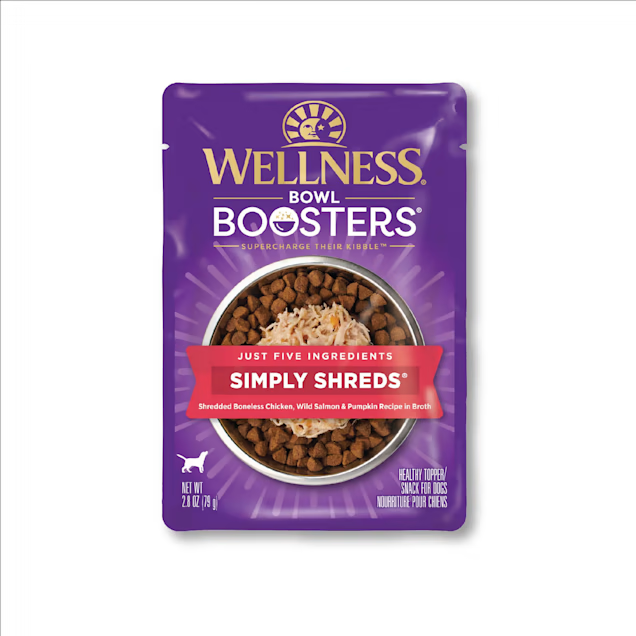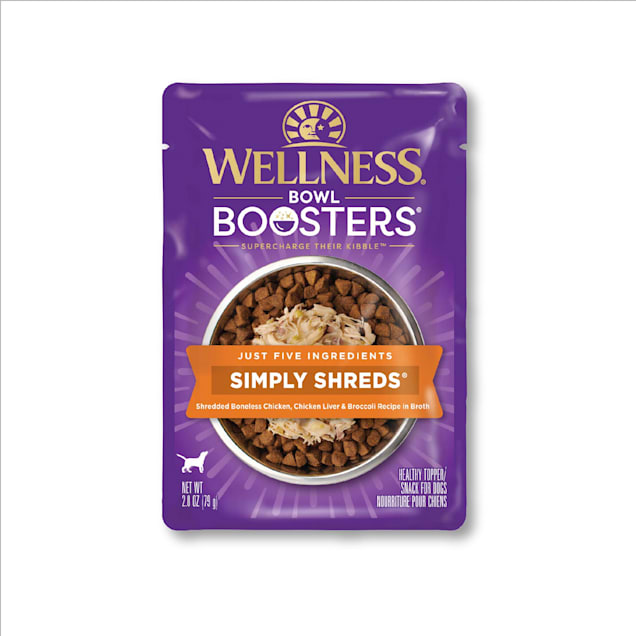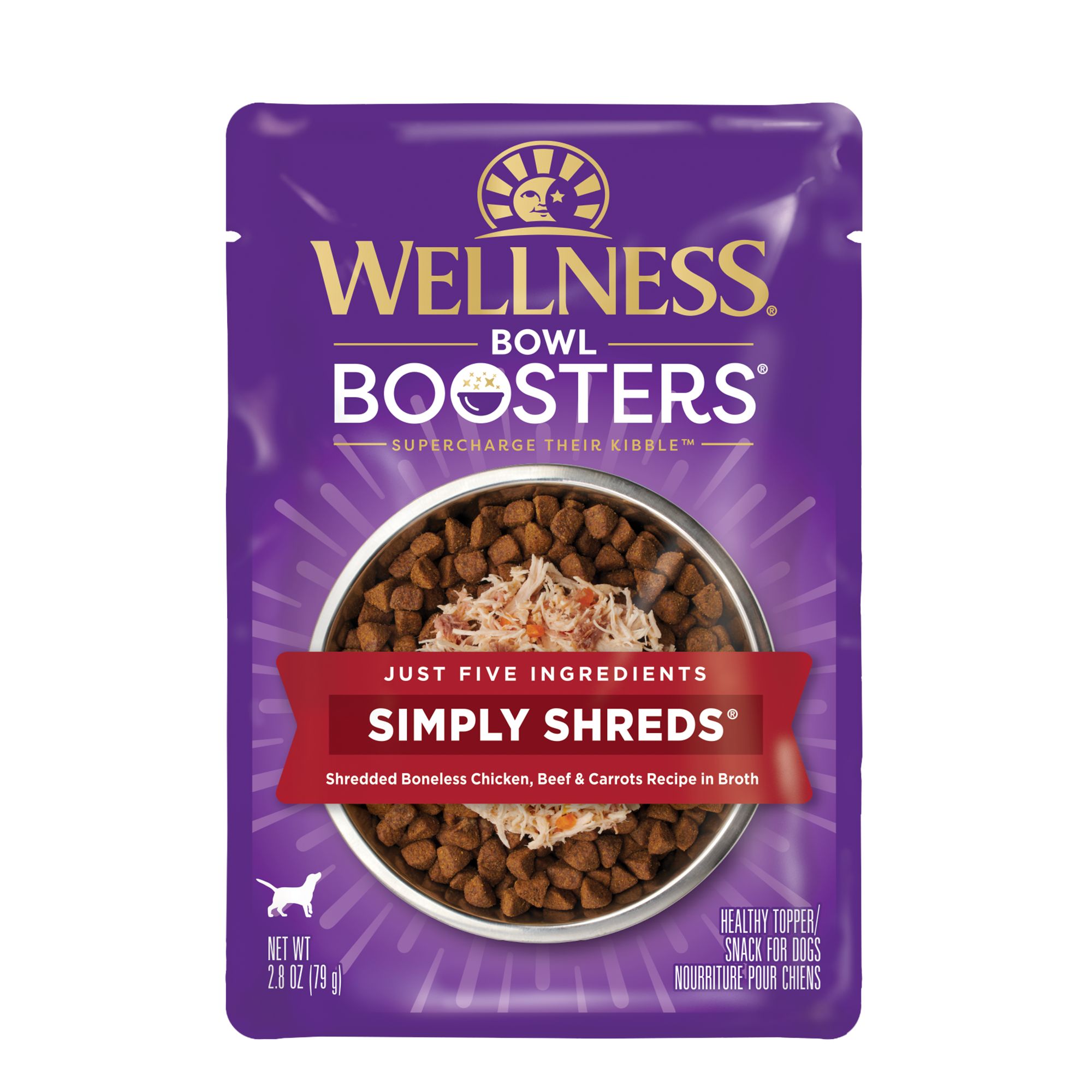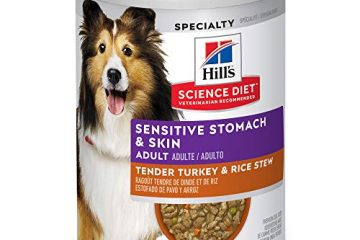Raw pet food for cats and dogs is a popular and nutritious alternative to traditional pet food options. It is packed with all-natural ingredients and free from fillers, preservatives, and artificial additives, making it a healthy choice for your furry companions.
As a result, more and more pet owners are switching to raw pet food to provide their pets with a balanced and wholesome diet. Not only does it promote overall health and well-being, but it can also alleviate digestive issues, improve energy levels, and enhance coat and skin condition.
With its numerous benefits, raw pet food is becoming a preferred choice for those seeking the best nutrition for their beloved feline and canine friends.
Contents
The Benefits Of Raw Pet Food
Raw pet food has gained popularity in recent years as more pet owners seek to improve their pet’s overall health and well-being. The benefits of feeding raw food to cats and dogs are numerous, ranging from better nutrition to improved digestion. In this article, we will explore the specific advantages of raw pet food and how it can positively impact your furry friend’s health.
Better Nutrition For Pets
Feeding your pet raw food is one of the best ways to provide them with optimal nutrition. Raw pet food is made from high-quality, fresh ingredients that closely resemble what pets would eat in the wild. Unlike processed pet food, raw food is free from artificial additives, preservatives, and fillers.
Raw pet food is a natural source of essential nutrients, including protein, vitamins, and minerals that can support your pet’s growth and overall well-being. The proteins in raw food are easily digestible and provide the building blocks for strong muscles and a healthy immune system.
Improving Digestive Health
Pets can often struggle with digestive issues due to the low-quality ingredients used in commercial pet food. Raw pet food can help address these problems by promoting a healthier digestive system.
The natural enzymes present in raw food aid in the digestion and absorption of nutrients, reducing the strain on your pet’s digestive system. This can lead to fewer digestive upsets, such as diarrhea and constipation, and result in healthier stools for your furry friend.
Additionally, the high moisture content of raw pet food can help prevent dehydration and contribute to proper hydration, which is crucial for maintaining a healthy digestive tract.
By switching your pet to a raw food diet, you can significantly improve their digestive health and enhance their overall well-being.
In conclusion, feeding your pets raw food offers various benefits, including better nutrition and improved digestive health. Raw pet food provides pets with essential nutrients without the artificial additives found in commercial pet food. Switching to a raw food diet can support your pet’s overall health and well-being. Consider consulting with your veterinarian before making any significant changes to your pet’s diet to ensure it is suitable for their specific needs.

Credit: www.petco.com
Choosing The Right Raw Diet
When it comes to feeding our beloved pets, finding the right diet is crucial. Raw pet food has gained popularity among cat and dog owners for its numerous benefits. However, with so many options available, choosing the right raw diet can be overwhelming. To ensure your pet’s health and happiness, it is important to understand their unique needs and evaluate different formulas.
Understanding Your Pet’s Needs
Before diving into the world of raw pet food, it is important to understand your furry friend’s specific needs. Cats and dogs have different dietary requirements, so tailoring their meals accordingly is essential for their wellbeing. Here are some factors to consider:
- Age: Puppies and kittens have different nutritional needs compared to adult or senior pets.
- Size and Breed: Larger breeds may require more protein and fat compared to smaller ones.
- Health Conditions: If your pet has any health conditions, consult with a veterinarian to determine the best raw diet for their specific needs.
- Allergies: If your pet has any known allergies or sensitivities, opt for formulas that avoid those ingredients.
Evaluating Different Formulas
With a better understanding of your pet’s needs, it’s time to evaluate different raw pet food formulas. Here are some aspects to consider when choosing the right option:
- Ingredients: Check the ingredient list to ensure it includes high-quality sources of protein, essential vitamins, and minerals.
- Balance: A balanced raw diet should include the right proportion of meat, bones, organs, and vegetables or fruits.
- Texture: Some pets prefer ground or minced textures, while others enjoy whole chunks or even bones. Experiment to see what your pet prefers.
- Source: Look for formulas made with human-grade, ethically sourced ingredients to ensure their safety and quality.
- Variety: Providing a variety of proteins and flavors can help prevent boredom and ensure a well-rounded diet.
Keep in mind that each pet is unique, and it may take some trial and error to find the perfect raw diet that suits their taste and needs. Remember to introduce new foods gradually and monitor your pet’s overall health and digestion.
Transitioning To Raw Food
To ensure a successful transition to raw pet food, it is essential to take a gradual approach, understand potential challenges, and implement appropriate measures to make the switch as smooth as possible for your furry friends.
Gradual Introduction
When introducing raw food to your pet, it’s crucial to do so slowly and methodically. Start by mixing a small amount of raw food with their current diet and gradually increase the proportion over several days. This gradual transition helps your pet’s digestive system adjust to the new diet, reducing the likelihood of stomach upset.
Dealing With Potential Challenges
Switching to a raw diet might pose some challenges, such as refusal to eat or digestive upset. To overcome these obstacles, try offering different protein sources to find your pet’s preference. Additionally, consider incorporating probiotics or digestive enzymes to aid in the transition and alleviate any digestive issues.
Safety Considerations
Ensure the safety of your cats and dogs by considering all aspects of raw pet food. With careful attention to quality, sourcing, handling, and storage, you can provide a healthy and safe diet for your beloved pets.
One of the most important aspects to consider when feeding your pets a raw food diet is ensuring their safety. While raw pet food offers numerous benefits, it also comes with its own set of safety considerations. By following proper handling and storage techniques, as well as minimizing contamination risks, you can keep your furry friends safe and healthy.
Handling And Storage
Proper handling and storage of raw pet food are crucial to prevent any potential health hazards. Here are some essential guidelines to keep in mind: 1. Keep it separate: – Store raw pet food separately from other foods to prevent cross-contamination. – Use separate cutting boards, utensils, and bowls for handling raw food. 2. Wash hands thoroughly: – Wash your hands with soap and water before and after handling raw pet food. – Avoid touching your face, mouth, or any surfaces while handling the food. 3. Refrigerate promptly: – If not fed immediately, store raw pet food in the refrigerator within two hours of purchase or preparation. – Keep the food below 40°F (4°C) to minimize the growth of harmful bacteria. 4. Follow storage instructions: – Pay attention to the manufacturer’s instructions regarding storage temperature and expiration dates. – Use airtight containers to maintain freshness and prevent contamination.
Minimizing Contamination Risks
To minimize the risk of contamination, it is important to take extra precautions. Here are a few steps to ensure your pet’s safety: 1. Gently handle raw food: – Avoid rough handling or mishandling raw pet food to prevent any potential bacterial spread. – Treat the food with care to maintain its integrity and reduce the risk of contamination. 2. Thaw safely: – Thaw frozen raw pet food in the refrigerator to slow down bacterial growth. – Never defrost raw food on the counter or in warm water, as this can increase the risk of bacteria multiplying. 3. Dispose of leftovers: – Discard any uneaten raw food after your pet has finished their meal. – Do not leave raw food sitting out for extended periods, as bacteria can multiply rapidly at room temperature. 4. Monitor for freshness: – Regularly check the quality and freshness of the raw pet food. – Look for any signs of spoilage, such as off smells or abnormal discoloration, and discard if necessary. By following these safety considerations, you can provide your furry companions with the benefits of a raw pet food diet while minimizing potential risks. Remember, ensuring the safety of your pets is of utmost importance when it comes to their nutrition and well-being.
Raw Food Myths Vs. Facts
Discover the truth about raw pet food for cats and dogs with this myth-busting blog post. Learn the facts about the benefits and risks, and make an informed decision for your furry friends.
When it comes to feeding our beloved pets, there are countless opinions and advice out there. One area of ongoing debate is whether raw food is a suitable diet for cats and dogs. In this section, we will address common misconceptions surrounding raw pet food, and present evidence-based benefits to help you make an informed decision for your furry friends.
Addressing Common Misconceptions
Myth 1: Raw food carries a higher risk of bacterial contamination.
Fact: While it is true that raw food can carry bacteria, the same can be said for any type of food, including commercial pet diets. Proper handling and hygiene practices greatly minimize the risk of contamination. Feeding raw food from reputable sources can offer a safe and healthy option for your pets.
Myth 2: Raw food lacks vital nutrients.
Fact: Raw pet food diets, when properly formulated, can provide all the necessary nutrients to support optimal health and well-being in cats and dogs. These diets are often rich in vitamins, minerals, enzymes, and amino acids, which can be beneficial for various aspects of your pet’s health, including digestion, coat condition, and immune function.
Myth 3: Raw food increases the risk of choking on bones.
Fact: While it is important to exercise caution when feeding bones, choking incidents are relatively rare if appropriate bone sizes and types are chosen. Poultry necks and wings, for example, are often recommended due to their size and composition, which allow for safe consumption and dental hygiene benefits. Always supervise your pets while they are consuming bones.
Evidence-based Benefits
There are several studies and anecdotal evidence that suggest numerous benefits associated with feeding raw pet food:
- Improved Digestion: Raw food diets are often easier to digest since they contain natural enzymes and avoid common fillers and additives that can irritate the digestive system.
- Healthier Skin and Coat: The omega-3 fatty acids found in raw food can provide essential building blocks for healthy skin and a lustrous coat, reducing common issues like dryness and excessive shedding.
- Increase in Energy Levels: Many pet owners report an increase in energy and vitality in their pets after switching to a raw food diet. This may be attributed to the higher nutritional value and improved overall health.
- Stronger Immune System: Raw food diets can strengthen your pet’s immune system by providing essential nutrients and reducing the load of artificial ingredients that may compromise its effectiveness.
More and more pet owners are embracing raw pet food diets due to the potential benefits they offer. However, as with any dietary change, it is important to consult with your veterinarian and ensure proper nutrition tailored to your individual pet’s needs.

Credit: www.amazon.com
Tips For Supplementing Raw Diets
Supplementing a raw pet food diet for cats and dogs requires careful planning and research. It’s important to consult with a veterinarian and choose high-quality supplements to ensure nutritional balance. Additionally, gradually introducing new supplements and monitoring your pet’s health and digestion is crucial for a successful transition to a raw diet.
Tips for Supplementing Raw Diets Incorporating Fruits and Vegetables Improving Nutrient Balance Supplementing a raw diet for your pet can enhance their overall health and well-being. It is essential to ensure that your pet’s diet is well-rounded and provides all the necessary nutrients. Here are some tips for supplementing raw diets for your cats and dogs. Incorporating Fruits and Vegetables When supplementing your pet’s raw diet, consider incorporating various fruits and vegetables. These can provide essential vitamins, minerals, and antioxidants that may be lacking in a solely meat-based diet. Some beneficial options include blueberries, carrots, and leafy greens. Introduce these gradually and monitor how your pet responds to them. Improving Nutrient Balance In addition to meat, it’s crucial to improve the nutrient balance by including organ meats such as liver and heart. These are rich in essential nutrients like vitamin A, B vitamins, and iron. Furthermore, adding a quality fish oil supplement can provide omega-3 fatty acids for improved skin, coat, and overall health. By incorporating a variety of fruits, vegetables, organ meats, and quality supplements, you can effectively supplement your pet’s raw diet to ensure they receive all the necessary nutrients for optimal health.

Credit: www.petco.com
Frequently Asked Questions Of Raw Pet Food For Cats And Dogs
Is A Raw Diet Good For Dogs And Cats?
Yes, a raw diet can be beneficial for dogs and cats. It provides natural nutrients, improves digestion, and supports healthier skin and coat. However, it is important to consult with a veterinarian to ensure a balanced diet is provided. Regular monitoring of the pet’s health is also necessary.
Is There A Food That Both Cats And Dogs Can Eat?
Yes, there are certain foods that cats and dogs can both eat. Some examples include lean meats like chicken or turkey, cooked eggs, and certain fruits and vegetables like apples and carrots. However, it’s crucial to consult with your veterinarian before introducing any new foods to your pets’ diet.
Why Don T Vets Recommend A Raw Diet For Cats?
Vets don’t recommend raw diets for cats due to risks of bacterial contamination and nutritional imbalances. Raw diets can also lead to health issues and harm human family members. It’s essential to consult with a vet before making dietary changes for your cat.
Conclusion
In a nutshell, raw pet food offers a natural and nutritious alternative to commercial pet food. It provides essential nutrients and minimizes exposure to artificial ingredients. With proper research and guidance, pet owners can confidently embrace raw feeding for their furry companions.
Make the switch to raw pet food and give your pets a healthier, more vibrant life.



[…] moderation in mind […]